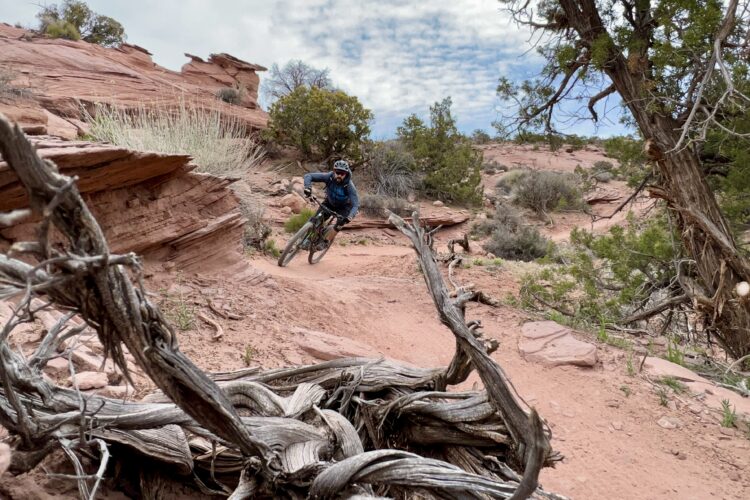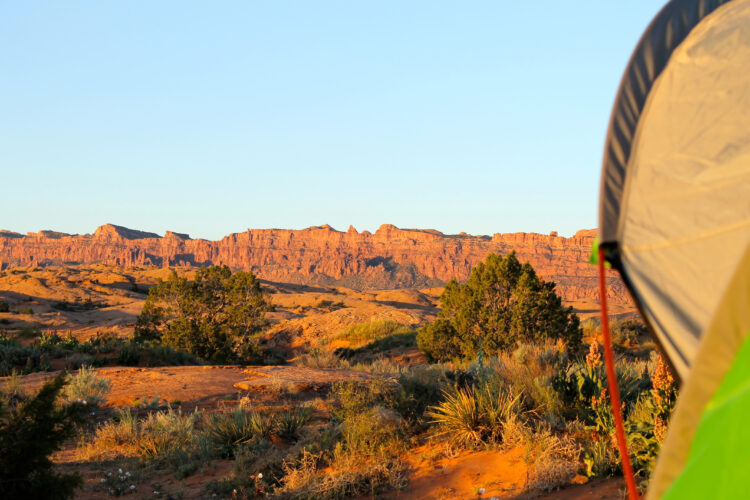
Time for a libation? A new study on outdoor recreation and economic impact released by the Outdoor Alliance shows that mountain bikers have the most economic impact in the Manti-La Sal National Forest, which spans from central to southeastern Utah. Most will recognize the range as the peaks that flank Moab to the east.
Researchers from Eastern Kentucky University found that mountain bikers spend an estimated $13.3 million in the counties in and around the Manti-La Sal, and expenditures support $5.14 million in worker wages and 165 jobs in accommodation, restaurant, and retail sectors. The total estimated amount of spending among all user groups is $20.4 million.
Climbers were estimated to contribute $3.44 million each year, hikers and backpackers spend an estimated $3.07 million per year, and snowsports enthusiasts like backcountry skiers and snowboarders spend about a half-million annually.
The study area included five ranger districts: Sanpete, Ferron, Price, Moab, and Monticello, Utah. Data came from a 2021 online survey in and around the Manti-La Sal area and included questions about expenditures, use patterns, and the demographics of visiting riders in Utah.
The average stay for a cyclist was 5.7 days and the average group size was 2.03 visitors. Most cyclists identified as trail riders, mountain bikers, gravel riders, and freeriders.
People spent the most money on lodging, followed by eating at restaurants, camping, guiding services, groceries, gas, and more. The most greatly impacted sector from biker visitation is the restaurant industry, followed by hotels and motels, and retail.
The study found that the average visiting rider was 48 years old. 47% have a four-year degree and another 38% have an advanced degree. 45% of respondents make more than $50,000 per year, and another half reported an income over $100,000 per year. 20% of survey respondents identified as female.
Outdoor Alliance commissioned the study to show why human-powered recreation should be a priority for the USFS. The Manti-La Sal National Forest is currently in the process of shaping new management plans.





















4 Comments
Jul 15, 2022
Jul 15, 2022
Jul 10, 2022
Jul 9, 2022